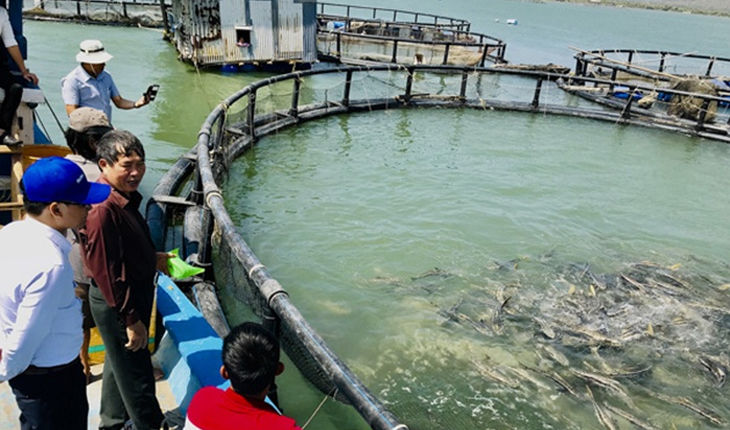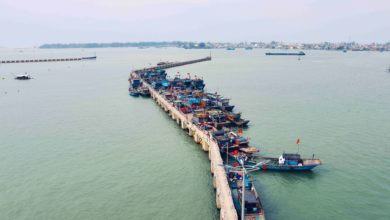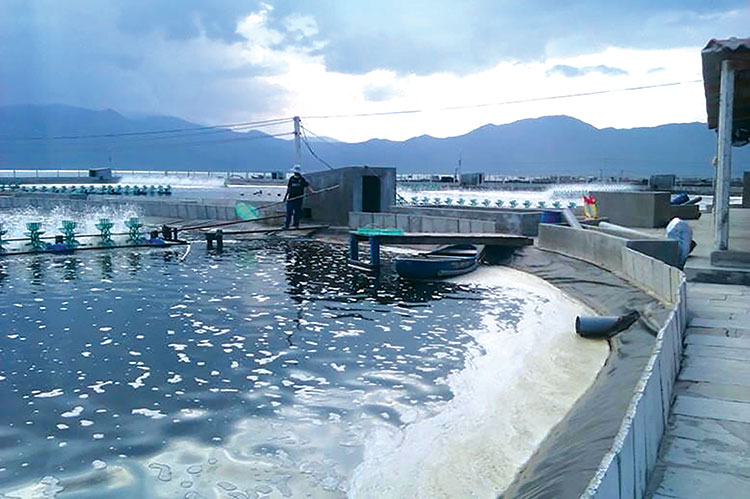Fish sauce – the spirit of Vietnamese cuisine
Each countries have their own traditional dishes. If the world value wine from France, olive oil from Italia, Vietnam has fish sauce which is the most well-known Vietnamese condiment and popular across Southeast Asian countries.
Where and when?
As of today, fish sauce is most popularly used in cooking in the Southeast Asian countries. So, many people think naturally that fish sauce would have arisen independently somewhere in Asia. But there appears to be historical mentions of fish sauce being produced in Europe far earlier although it is such a quintessentially Asian condiment.
Vietnamese people have produced fish sauce for more than 100 years with many priced fish sauce brands such as Cát Hải (Hải Phòng), Thịnh Long (Nam Định), Thanh Hương (Thanh Hóa), Vạn Phần (Nghệ An), Cửa Khe (Quảng Nam), Sa Kỳ (Quảng Ngãi), Đề Gi (Bình Định), Cửa Bé (Nha Trang), Phan Thiết (Bình Thuận), Phú Quốc (Kiên Giang), etc. Each location will have their own secret recipe which make their fish sauce unique and can’t be duplicated.
No one can answer when did Vietnamese people produce and used fish sauce. But for Vietnamese people, fish sauce us one of the most important aspect in traditional cuisine and the most popularly used in accompanying meals in Vietnam.
How to protect traditional fish sauce?
Due to the shortage of raw fish, many industrial fish sauce products are made with no real fish and mixed with water and fish essence, flavoring, additives…have overwhelmed the market. Traditional fish sauce producers so can face the tough competition from industrial fish sauce companies.
The consumers have the right to buy high quality products but they need to be provided transparent information dealing with products. So, a set of norms will, for the first time, have to be followed for making and selling the Vietnamese traditional fish sauce. VASEP, in co-ordination with the Việt Nam High Quality Goods Enterprise Association, on Sunday declared the norms, which were compiled based on Government Decree 127, detailing the implementation of a number of articles of the Law on Standards and Technical Regulations, issued in 2007. As per the rules, traditional fish sauce must have the nitrogen amount of at least 15 degrees N, no preservatives, no pigments and artificial coloring, and its salt content must be 245gm to 290gm per liter of fish sauce. Also, the breeding period of the raw fish used to make the fish sauce must be at least nine months.
The norms are aimed at helping customers distinguish between traditional and industrial fish sauce.






